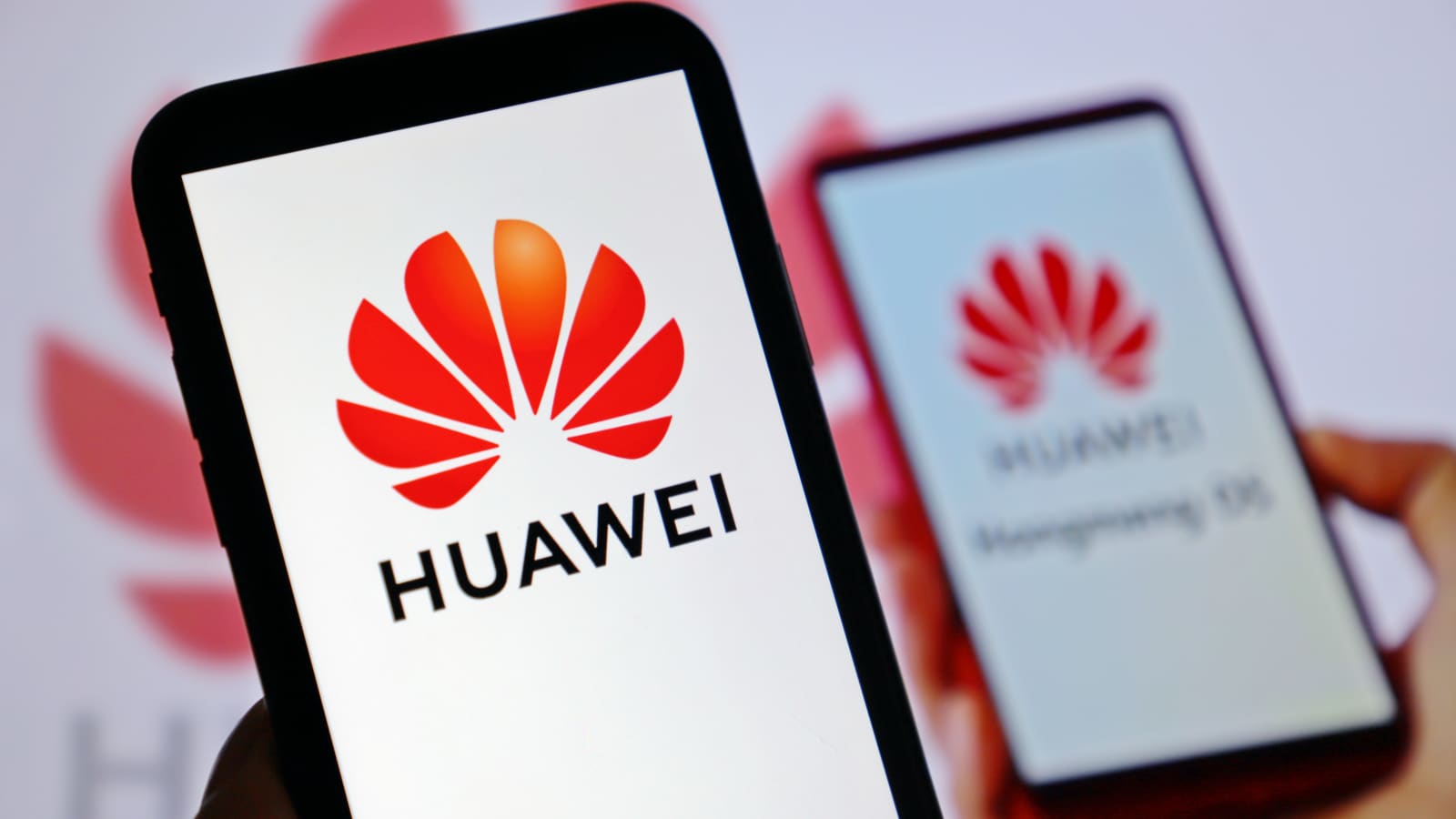Highlights
- Huawei collaborates to create an alternative to EUV lithography.
- Develops “self-aligned quadruple patterning” (SAQP) for advanced chipmaking.
- SiCarrier secures a patent for SAQP in semiconductor production.
- Huawei’s Mate 60 series features chips made with current DUV lithography.
Huawei, along with a chip manufacturer supported by the Chinese government, is pioneering a groundbreaking method at its new facility near Shanghai to create semiconductors.
This collaboration is developing a simpler alternative to the advanced extreme ultraviolet (EUV) lithography technology, which is currently inaccessible to Chinese firms due to sanctions from the US and the Netherlands.
Huawei Developing Its Own Ultraviolet Lithography

Extreme ultraviolet lithography is a cutting-edge process utilized in semiconductor fabrication.
It involves etching incredibly fine circuits onto silicon wafers, a crucial step in producing chips with billions of transistors.
Presently, ASML, a Dutch company, is the sole provider of these highly sought-after EUV machines.
Huawei recently made headlines with its Mate 60 series smartphones, powered by the 7nm Kirin 9000s 5G processor, developed by SMIC, China’s premier chip foundry.
This was Huawei’s first 5G smartphone chip since the Mate 40 Pro in 2020.
SMIC achieved this using deep ultraviolet (DUV) lithography machines, which, unlike the EUV versions, are permitted for sale to Chinese companies.
However, to stay competitive and circumvent US sanctions, Huawei requires access to more sophisticated chipmaking technology.
In a notable advancement, Huawei and its partner have innovated a method known as “self-aligned quadruple patterning” (SAQP), potentially enabling the production of advanced semiconductor chips.
This technique involves repeatedly etching circuit patterns onto silicon, enhancing the density of transistors and thereby boosting the chip’s performance.
SiCarrier Secures a Manufacturing Plant

A recent patent application by Huawei detailed how this technique could expand the possibilities for designing circuit patterns.
Furthermore, SiCarrier, the state-endorsed firm collaborating with Huawei, has secured a patent for combining SAQP with DUV lithography.
This approach could reduce production costs and diminish reliance on EUV lithography machines, which, as mentioned above, are currently unattainable due to international sanctions.
Despite these advancements, industry experts suggest that for long-term competitiveness, accessing EUV technology remains a critical goal for China’s semiconductor industry.
FAQs
What is the significance of Huawei developing its own semiconductor technology?
Huawei’s venture into developing an alternative semiconductor technology, notably through “self-aligned quadruple patterning” (SAQP), marks a significant stride towards self-sufficiency in chip manufacturing. This innovation aims to bypass the limitations imposed by US sanctions and the inaccessibility of EUV lithography equipment, thereby ensuring Huawei’s ability to produce advanced chips for its technologies, such as the Mate 60 series smartphones.
How does SAQP differ from EUV lithography in semiconductor production?
SAQP is a method designed to enhance the density of transistors on a chip by etching circuit patterns onto silicon multiple times, which could theoretically allow for more sophisticated chips without the need for EUV lithography.
Why is Huawei’s collaboration with SiCarrier important?
Huawei’s partnership with SiCarrier, a company backed by the Chinese government, is pivotal in developing and securing patents for new semiconductor technologies, such as combining SAQP with DUV lithography.
What challenges does Huawei face in its pursuit of semiconductor innovation?
Despite making headway with SAQP and DUV lithography, Huawei and its Chinese counterparts still face the challenge of accessing EUV lithography technology for long-term competitiveness.
Also Read: Huawei P70 Series Launch Event Reportedly Canceled, Direct Sales Expected
Also Read: Huawei P70 Series Spotted on Geekbench Revealing New Kirin Chipset Ahead of Launch
